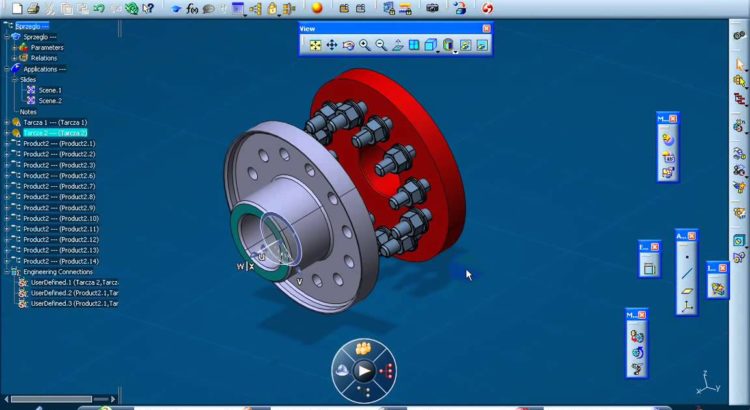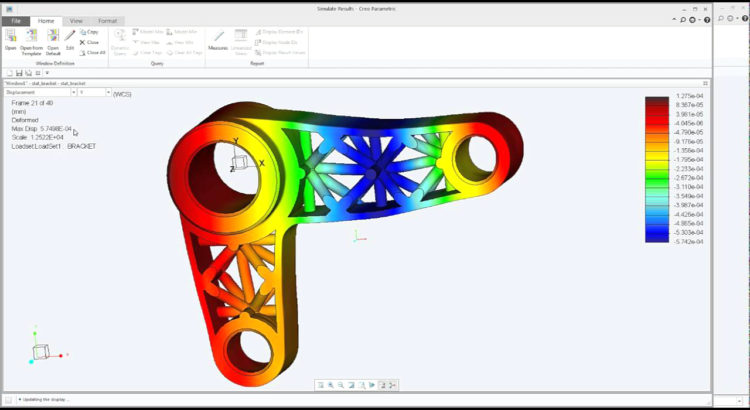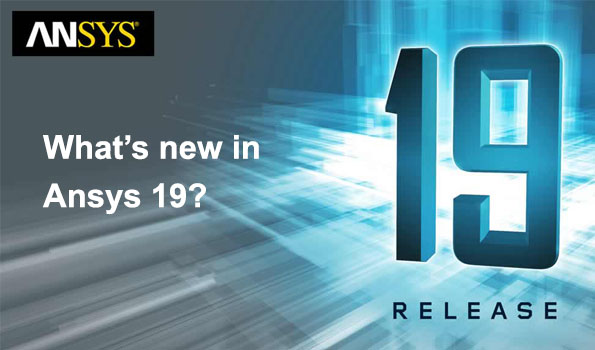CATIA stands for Computer Aided Three dimensional Interactive Application. It allows its users to create parametric and non-parametric models. Today, CATIA is not just an ordinary CAD software package; it is a software suite incorporating CAD, CAM and CAE capabilities.
The product enhancements in the CATIA V6R2013X are mentioned as below:
CATIA Composites Fiber Modeler (CFM)
CATIA V6 is fully integrated with this proven and widely used technology from Simulayt. They combine the design and analyze the structures made from the fiber-reinforced materials.
CATIA Offline
The CATIA Offline feature provides the additional flexibility to the users so they can access their current data on the go when ENOVIA V6 Server is not available.
STEP AP42
By enhancing and merging STEP AP203 and STEP AP214, STEP AP242 provides the users to independently use the ISO standard approach for import and export of compressed and tessellated data.
Best Multiversion Compatibility
The features of V6R2013X created in the FreeStyle workbench can be transferred with all the specifications to V5-6R2013.
Multiple advances in System Engineering
Using the Modelica standard, five new model libraries are added to the CATIA system to improve the product design, and the comprehensive set of libraries help in the study of Thermal Power Systems.
Live Rendering Feature
CATIA live rendering a great boon for Industrial designers. They can add pictures in the background without any hindrance on the performance of the central computer.
CATIA Natural Sketch
This feature allows the creative designers to draw in 3D directly. Using the initial rough designs.
CATIA Icem
Through the feature of CATIA Icem users can create the perfect shape at the first step. The updates made through this feature have reduced the repetition of same tasks.
Mold-Design Process
The complex Mechanical systems can be created quickly through this process.
Increase flexibility and Traceability of Components
Through merging and branching abilities, the designers can synchronize and navigate their components and view evident impacts.






